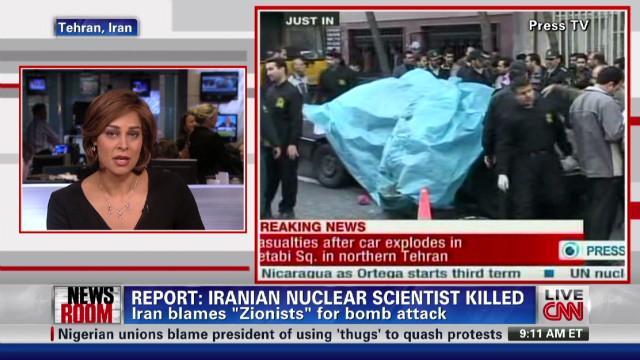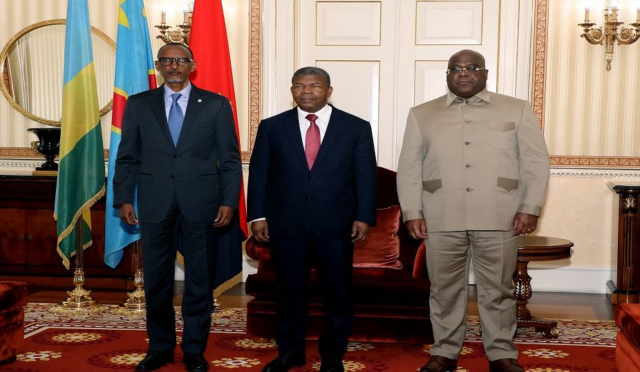Escalation of Conflict: Calls for Action
In a decisive move, Itamar Ben Gvir, Israel’s far-right National Security Minister, declared on Friday that it is time to employ “full force” against Hamas in Gaza. This statement follows a failed U.S.-backed ceasefire proposal aimed at putting an end to the ongoing conflict that has persisted for nearly 20 months.
The minister’s comments reflect a broader frustration as negotiations have yielded minimal progress, particularly after Israel resumed military operations in Gaza in March, effectively ending a six-week ceasefire. The Israeli government has intensified its offensive in a bid to eradicate Hamas, the militant group responsible for a deadly attack on October 7, 2023.
Reactions to the Ceasefire Proposal
Following discussions on a ceasefire proposal, the White House announced that President Donald Trump and U.S. envoy Steve Witkoff had provided a plan to Hamas, one that purportedly received Israel’s endorsement. White House Press Secretary Karoline Leavitt confirmed that talks with the militants were ongoing, though Israel has not publicly acknowledged its support for the new terms.
Hamas, however, reacted skeptically. Political bureau member Bassem Naim criticized the proposal, stating that it effectively perpetuates violence and does not meet the fundamental demands of the Palestinian people, particularly the end of hostilities. Moreover, a Hamas source interpreted the latest version of the proposal as a regression from previous commitments made by the U.S. regarding a permanent ceasefire.
Details of the Proposed Ceasefire
According to well-placed sources, the new ceasefire plan proposes an initial 60-day truce, which could potentially be extended to 70 days. It includes stipulations for the release of five live hostages along with nine deceased individuals in exchange for Palestinian prisoners within the first week, with a similar exchange to take place in the second week.
Last week, Hamas had reportedly agreed to terms for two such exchanges. As part of the ongoing saga, of the 251 hostages taken during the October 7 attack, 57 remain in Gaza, with 34 being reported deceased by Israeli military sources.
Humanitarian Crisis Intensifies
Despite some aid trickling into Gaza after a prolonged period of blockade, the humanitarian situation remains dire. Reports indicate that one in five people in the region faces the imminent threat of starvation, exacerbating an already critical environment for the civilian population.
As medical facilities grapple with overwhelming pressure from ongoing attacks, French President Emmanuel Macron called for a more robust European stance against Israel if it fails to adequately address the humanitarian crisis in Gaza. Macron emphasized the need for urgent action to alleviate the worsening hunger crisis in the region.
Death Toll and Ongoing Violence
The Gaza health ministry, which operates under Hamas, reported on Thursday that the death toll in the territory has reached at least 3,986 since Israel ramped up military operations on March 18, contributing to a total of approximately 54,249 casualties throughout the conflict, predominantly among civilians.
In contrast, the aftermath of Hamas’s initial attack on Israel has resulted in about 1,218 deaths, most of whom were also civilians. The staggering numbers highlight the severe human cost of the prolonged conflict and the urgent need for resolution.







